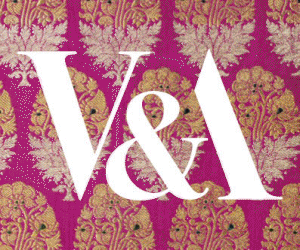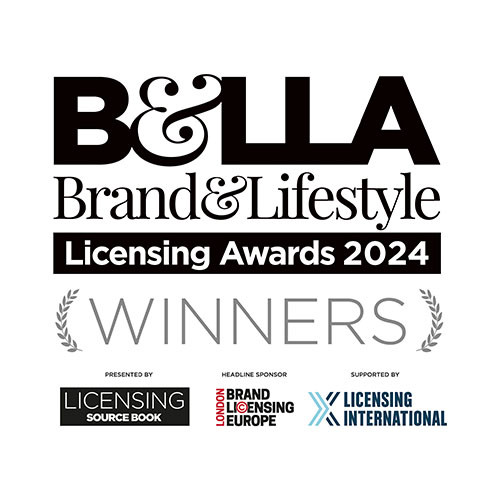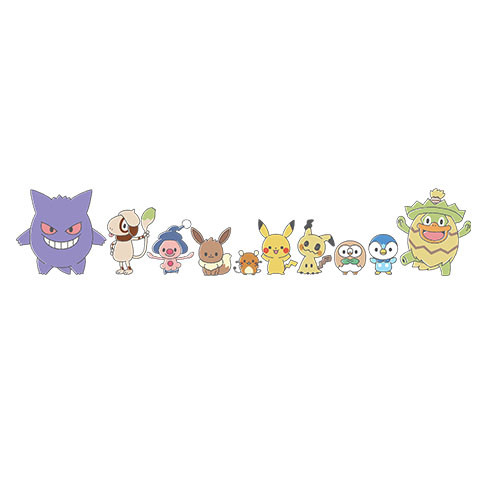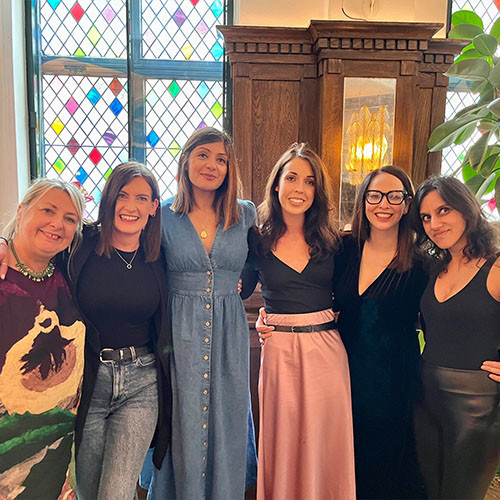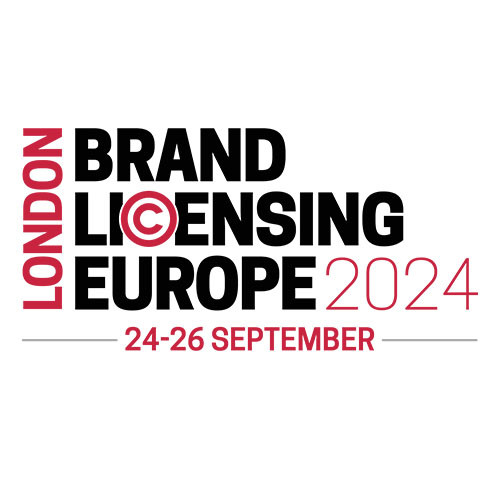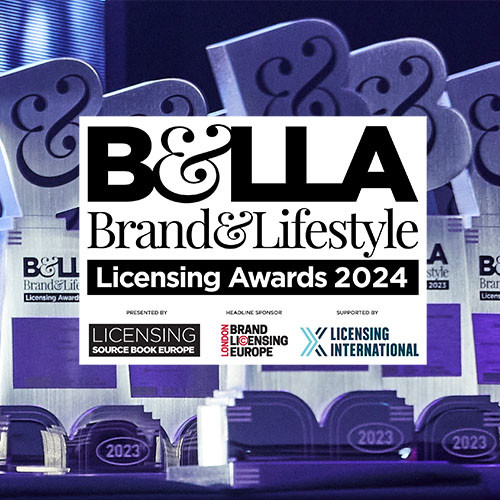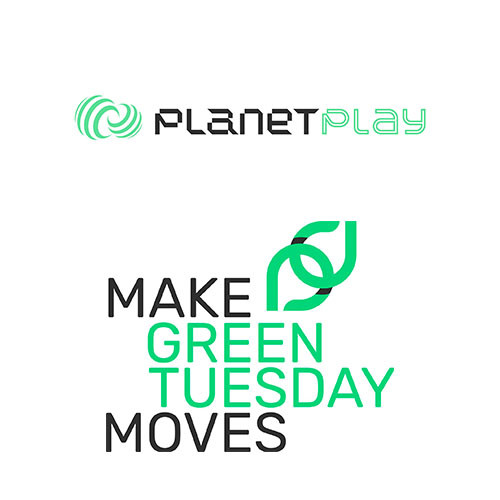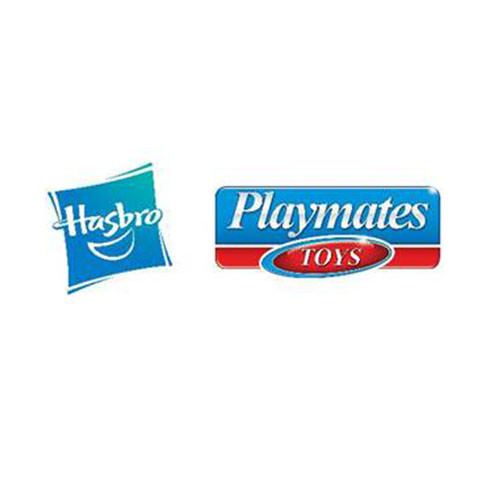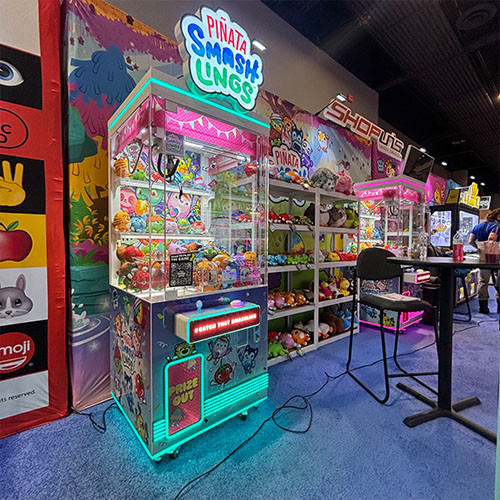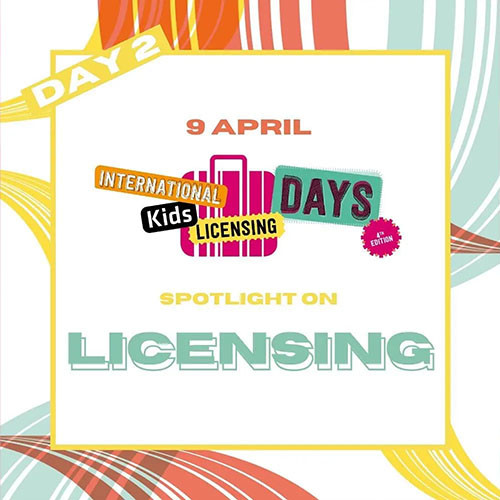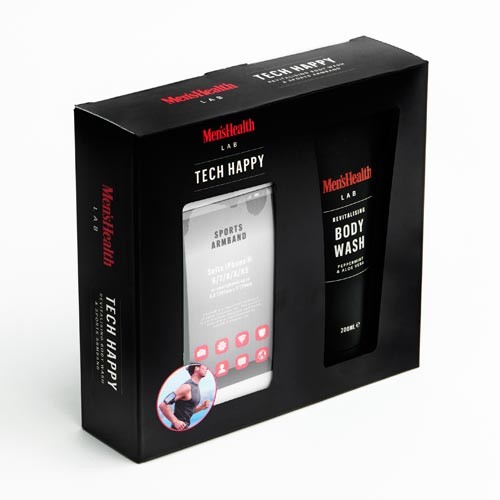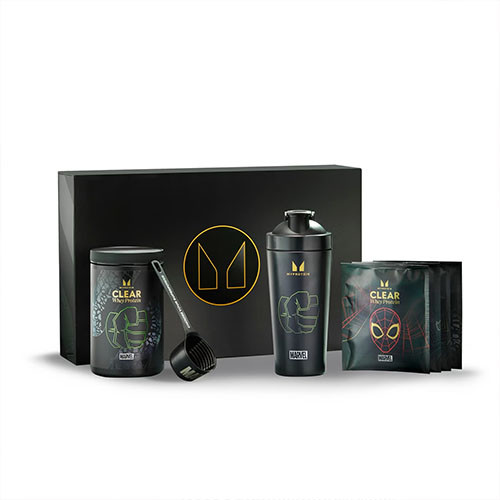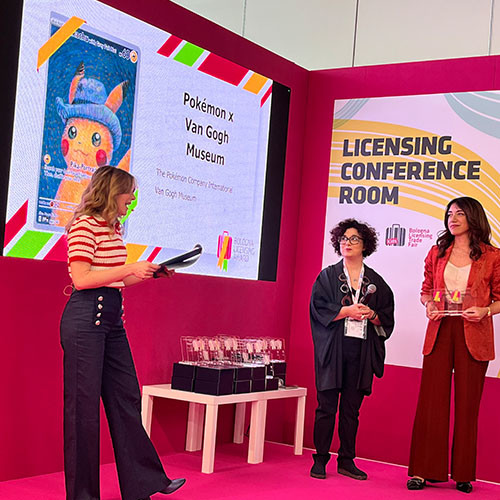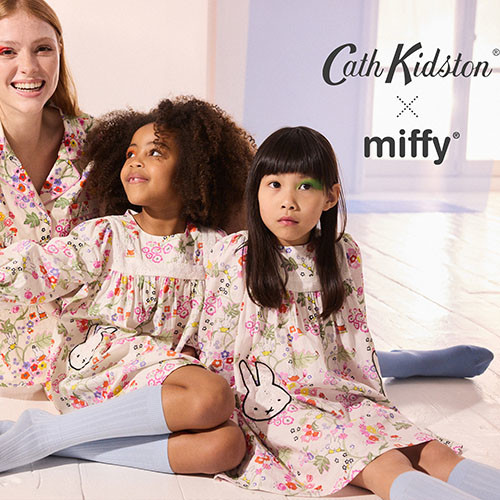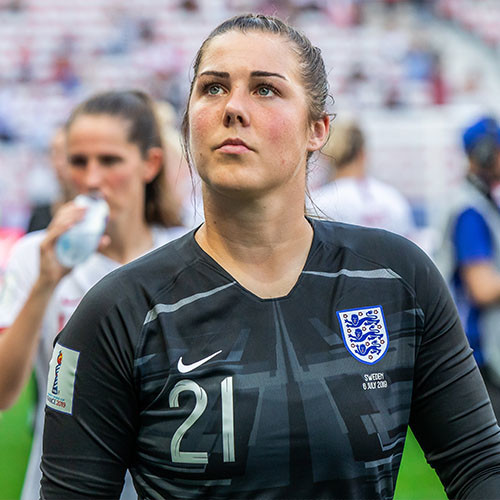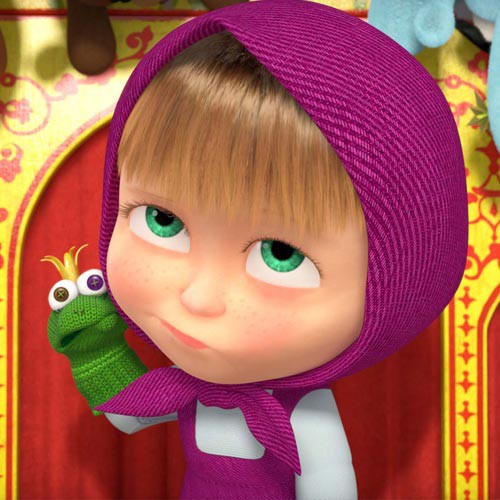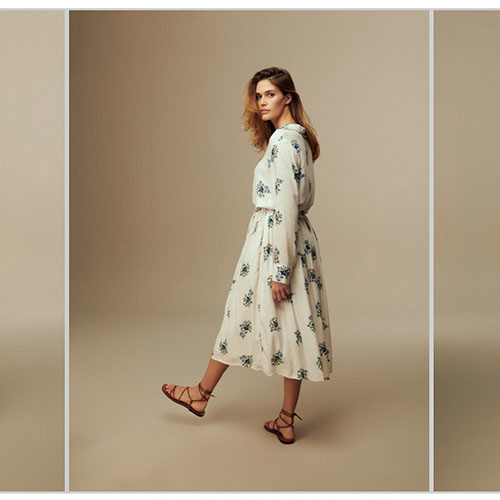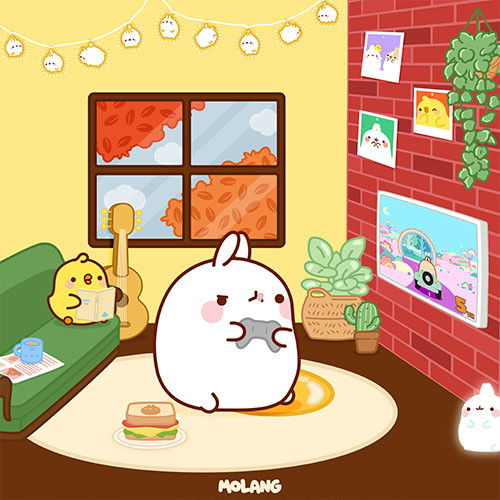Georgina Katsiani, producer at Kids Industries, explains why now is the time to connect your brand with social media networks, but beware the pitfalls.
The power of social media is these days, undisputed – as demonstrated at the Super Bowl 2022 recently. As part of its commitment to create a more diverse and inclusive ad industry, the advertisers which included Nissan, Amazon and Bud Light Seltzer Hard Soda, worked to create commercials that would reach far beyond the stadium walls and deep into their social channels and influencer networks.
Whether the adverts themselves conveyed true representation or not is a highly contested debate, but the extent they all went to ensure they reached their target audiences was far reaching.
Harnessing the power and amplification of A-list celebrities across social media ensured the messages were heard far and wide. Nissan alone for example collaborated with no less than 4 A-listers including: Eugene Levy (505K), Danai Gurira (4.8m), Dave Bautista (16.9m) and Brie Larson (9.8m), to achieve a 32m+ audience. Their endorsements are invaluable as they’ll share teaser, live streaming and ad content across their multiple platforms, ensuring engagement with a captive following.
Celebrity endorsements aside, brands have clearly cottoned onto the social media game to unlock a massive distribution network for their messaging. On social media, consumers can feel connected to brands and interact with them – something not previously available to them. It’s a way of finding out new and often exclusive information and helps the consumer to feel empowered about their favourite products. They’re also able to voice their opinions in an open forum with like-minded fans.
If you’ve not set up social channels just yet for your brand, picking the right platform will be the single biggest decision you’ll need to make as each of these platforms attracts different audiences and offers a constant stream of content choices for your audience. Note that if you choose to have several platforms, know that you can’t just post the same across each. Each platform will need its own content plan and considered posts based on the target audience. Take Instagram for example. Here it is all about visuals and reflecting a brand’s uniqueness. It is also the perfect platform to share relatable content, something that Vans (17m followers), Glossier (2.6m followers) and Peppa Pig (373k followers) have done incredibly well at, nailing the right content for their audiences.
In particular, I love how the Peppa Pig Instagram feed knows that parents and carers are their primary audience and as such they often serve up popular and relatable memes about the struggles of parenthood and baked goods; which if you think about it, makes a lot of sense.
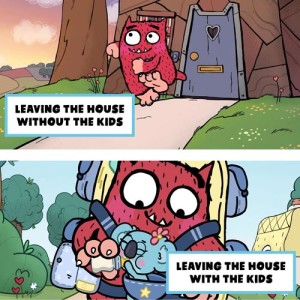 Here at Kids Industries, I work with Boat Rocker to create social media content and carry out community management for the preschool TV shows, Love Monster and Dino Ranch. Together, we’ve found that the key to creating a thriving parent community is through lots of user engagement. Here we directly encourage followers to tag their friends and use specific show-related hashtags on their photos. Hosting competitions that require user generated content is also a great way to increase engagement.
Here at Kids Industries, I work with Boat Rocker to create social media content and carry out community management for the preschool TV shows, Love Monster and Dino Ranch. Together, we’ve found that the key to creating a thriving parent community is through lots of user engagement. Here we directly encourage followers to tag their friends and use specific show-related hashtags on their photos. Hosting competitions that require user generated content is also a great way to increase engagement.
It isn’t easy though. The use of social networks when working with intellectual properties can be very time consuming and social media marketing only delivers return on investment when there is a strategy in place. And if I’m honest, I’ve seen some really bad examples out there, across a number of IPs.
I’m not going to name names, but when creating social media platforms for children’s brands, there is an extra layer of responsibility. All content must be considered to be age-appropriate, even if it’s directed at parents. After all, many underage children (most social networks are 13+) will still be able to access content via a parent’s page or by creating an account with a false date of birth. You do not want your brand to take responsibility for a child learning something unsuitable from your social media accounts. And when sharing a photograph of a child from your community, you must ask for written adult consent. Any data from a child is extremely sensitive too, so you must ensure you are GDPR compliant.
The upshot? Yes, now is the time to connect your brand with social media networks – but choose your platform carefully, consider and research your audience, commit to providing quality content regularly and actually engage with your following. With social media I’m afraid the old adage remains true, the more you put into it, the more you’ll get out of it. No-one will want to follow a half-arsed effort.








